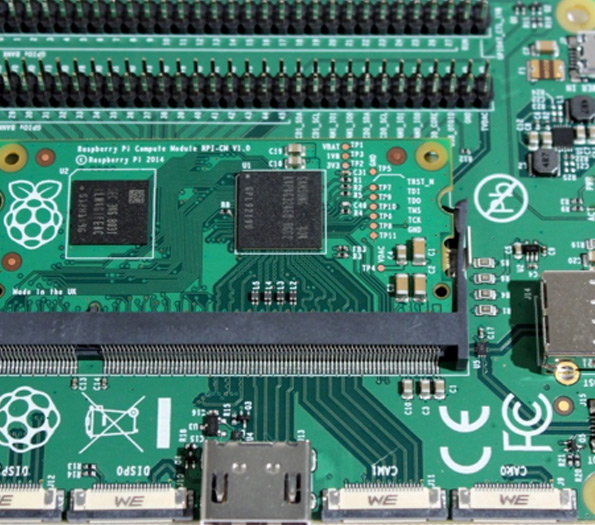

Exploring Tinted Glass Material A Modern Marvel of Design and Functionality
Tinted glass is a remarkable innovation in the field of architecture and interior design that has gained significant popularity in recent years. With its myriad applications, tinted glass not only enhances the aesthetic appeal of buildings and spaces but also provides a range of functional benefits. This article delves into the characteristics, advantages, and applications of tinted glass, shedding light on why it is considered a modern marvel.
At its core, tinted glass is glass that has been treated with a special coating or infused with metal oxides during manufacturing to alter its color and transparency. This process results in glass that can vary in shades from light to dark, allowing for a wide range of visual effects. The primary aim of tinting is to reduce glare and manage solar heat, making spaces more comfortable and energy-efficient.
Exploring Tinted Glass Material A Modern Marvel of Design and Functionality
Another advantage of tinted glass is its role in glare reduction. Sunlight can produce intense glare, particularly in office environments where screens and monitors need to be viewed clearly. Tinted glass helps to diffuse the intensity of direct sunlight, creating a more pleasant work environment and minimizing eye strain for employees. This contributes to improved productivity, making it a favorable choice for commercial buildings.

In addition to its practical benefits, tinted glass also offers aesthetic versatility. Designers and architects increasingly utilize tinted glass to create stunning visual effects in modern buildings. The variety of colors available, such as bronze, gray, and green, allow for creative expressions that harmonize with the overall design of a structure. Tinted glass can serve as a focal point, be integrated into facades, or used in windows and doors to enhance privacy while maintaining a contemporary look.
Moreover, tinted glass provides increased privacy without sacrificing natural light. Residential buildings, for example, can benefit from tinted glass by allowing homeowners to enjoy daylight while obstructing the views from the outside. This feature is particularly appealing in densely populated urban areas where privacy is often a concern.
Sustainability is another key aspect driving the adoption of tinted glass. As environmental awareness grows, the demand for energy-efficient materials continues to rise. Tinted glass contributes to sustainable building practices by reducing energy consumption. When installed in accordance with energy codes and standards, tinted glass can play an integral role in achieving certifications such as LEED (Leadership in Energy and Environmental Design).
Despite these advantages, it is essential to consider some challenges associated with tinted glass. One notable concern is the potential for thermal stress, especially in areas subject to extreme temperature fluctuations. Proper installation and choice of the right type of tinted glass can mitigate this risk. Additionally, while tinted glass enhances privacy, excessive tinting can reduce visibility, which may not be suitable for all environments.
In conclusion, tinted glass material stands out as an innovative solution that combines functionality with aesthetic appeal. Its ability to control solar heat, reduce glare, enhance privacy, and contribute to sustainability makes it an excellent choice for both residential and commercial applications. As architecture continues to evolve, tinted glass will undoubtedly play a significant role in shaping modern designs, allowing for the creation of beautiful, comfortable, and energy-efficient spaces.